Percentage of days during summer with ‘very high heat stress’ (UTCI between 38 and 46°C) in Southern Europe, 1950 to 2022. Data source: ERA5-HEAT. Credit C3S/ECMWF.
The Universal Thermal Climate Index (UTCI) is now available in Alpha-Log
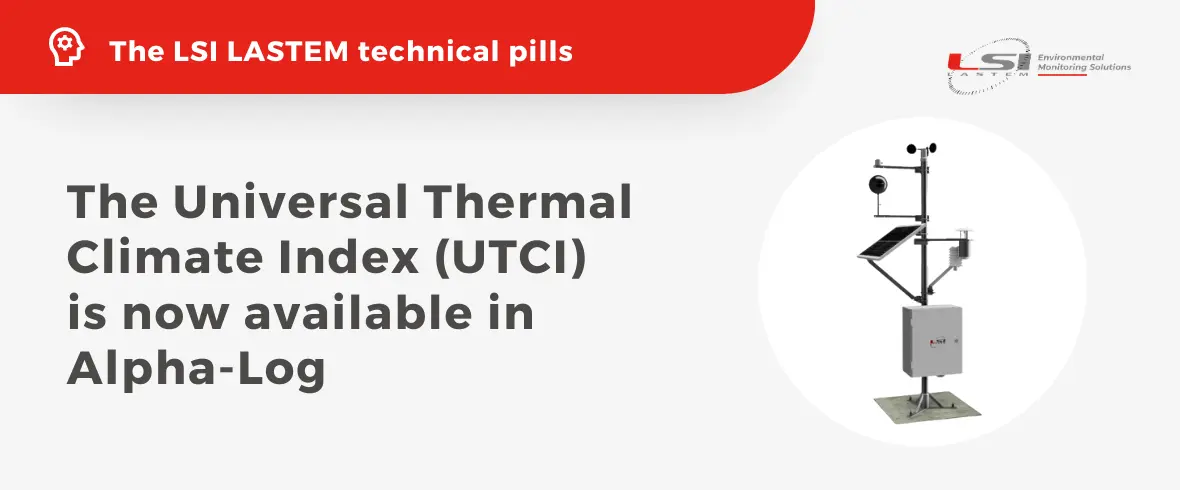
Introduction
The UTCI index was recently included in the Alpha-Log data logger calculation library. It was chosen because of its widespread use in the evaluation of the thermo-physiological effects of the atmospheric environment on the human body in outdoor environments, whatever the climatic conditions. In fact, the UTCI index is one of the few indices that can specifically be used in climatology, because it is:
- thermo-physiologically representative in the entire field of heat exchange between the environment and the human body;
- valid in all climates and seasons;
- independent of the person’s characteristics (age, sex, specific activities and clothing, etc.).
UTCI index development
The UTCI index has been developed since the early 2000s by a specific commission within the International Society of Biometeorology ISB (uwm.edu/biometeorology/), the work was carried out under the supervision of the World Meteorological Organisation (WMO) through the Climatology CCl commission and was presented in a joint WMO/European Union scientific and technological cooperation (COST Action 730) at the Symposium on UTCI in Geneva in 2009. Currently, information on the UTCI can be obtained from the UTCI organisation (www.utci.org).
Growing needs and dissemination
Based on the increasing Global Warming activity and its effects on the human activities, there is an increasing need to find a global harmonisation of the way in which information about people’s perceived temperature is disseminated, using meteorological and climatic indices rather than simply measuring air temperature. The UTCI index seems to be the most representative for this purpose, as it analyses the effects of radiation and wind speed on the body’s heat balance in addition to temperature and relative humidity.
The term ‘Universal’ defines the adaptability of the UTCI index to assessments of external thermal conditions in various human bio-meteorological fields, such as in public health, for the purpose of precautionary planning and climate impact research in the health sector.
To support this, the European Centre for Medium-Range Weather Forecasts (ECMWF) recently completed a feasibility study demonstrating the usefulness of forecasting UTCI up to 10 days on a global scale. These forecasts could be used by the National Meteorological and Hydrological Services (NMHS) as a basis for their regional or local health warning systems.
The UTCI index is reported as an indicator by the European Agency ‘Copernicus’ which makes it available in the ERA5-HEAT (Human thErmAl comforT) dataset which represents the current state of the art for producing bio-climate data records.
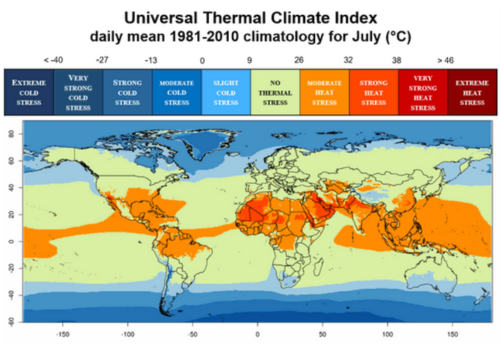
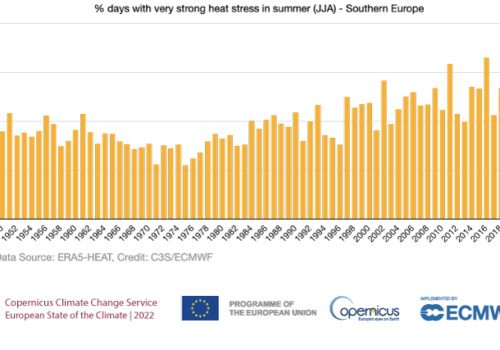
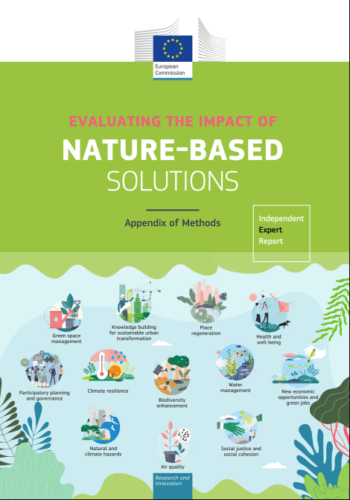

The UTCI index is also mentioned by the European Commission in its publication “Evaluating the Impact of Nature-based Solutions: Appendix of Methods” as one of the indicators of “Climate resilience” and “Heat-releted discomfort”.
Currently, the UTCI index is mentioned in the WMO “Guidance on Warning-System Development.”
What is the UTCI index
The UTCI index provides an estimate of the ‘apparent’ temperature (°C) that the human body would perceive when exposed to a given real environmental condition specified by a given air temperature, wind speed, relative humidity and radiation. This perceived temperature is the temperature that a reference environment, defined by fixed values of humidity, wind and radiation, should have, producing the same physiological reaction in the human body as that produced in the real environment.The input parameters for calculating the UTCI index are air temperature, dew point temperature (or relative humidity), wind speed and mean radiant temperature (MRT).
The result obtained is classified into 10 UTCI thermal stress categories that correspond to specific human physiological responses to the thermal environment:
| UTCI | Human physiological response |
| >46 °C | Extreme heat load |
| 38…46 °C | Very strong heat load |
| 32…38 °C | Strong heat load |
| 26…32 °C | Moderate heat load |
| 9…26 °C | No thermal stress |
| 9…0 °C | Slight cold stress |
| 0…-13 °C | Moderate cold stress |
| -13…-27 °C | Strong cold stress |
| -27….-40 °C | Very strong cold stress |
| <-40°C | Extreme cold stress |
UTCI index in Alpha-Log
Starting from version 2.08.00 released in February 2024, Alpha-Log is able to calculate UTCI index values. The input environmental measurements are the following: air temperature and relative humidity, black globe temperature, wind speed. Alpha-Log calculates the UTCI index and stores the results by adding them to the available data set. For users wishing to add the UTCI index to their data set, it is possible to update the data logger, (including any missing probes) if version 2.00.00 or higher is used.
LSI LASTEM weather station for the calculation of the UTCI index.
This configuration is also capable of calculating the WBGT heat stress index (ISO7243-2017-08), which is also included in the Alpha-Log data logger calculation library (version >= 2.08.00). The input measurements of the WBGT index are the following: air temperature, black globe temperature and naturally ventilated wet temperature.
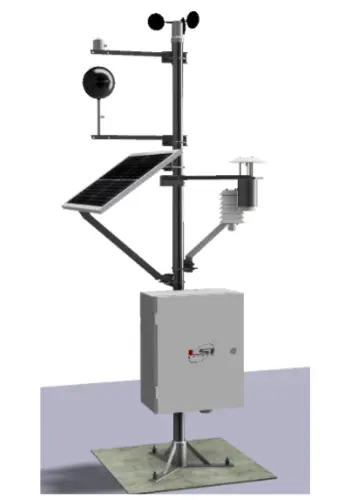
Conclusions
La scelta di includere l’indice UTCI come nuovo calcolo all’interno della libreria del data logger Alpha-log è stata dettata dalla crescente esigenza di abbinare alle classiche misure meteorologiche anche una valutazione della temperatura percepita dal corpo umano. L’indice UTCI risulta essere il più adatto e riconosciuto per tali valutazioni. In un ambito di crescente frequenza di eventi estremi e di sensibilità rispetto a tali situazioni, la valutazione oggettiva della temperatura percepita risulta utile per caratterizzare il clima di una determinata zona. Questa analisi è utile sia a fini statistici, sia per pianificare le attività umane in funzione dei valori attuali e attesi e, più in generale, per rendere possibile una pianificazione delle azioni per mitigare gli effetti sulla salute pubblica, oltre che dei lavoratori che eseguono attività all’esterno ed eventuale impatto economico.
